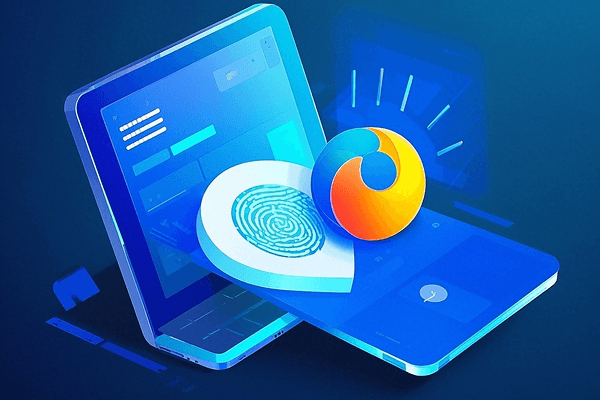
Hot Picks
How to run Facebook ads in 2025? Ideas

Hot Picks
How to promote on Amazon? Sharing various promotion methods

Hot Picks
Choose BitBrowser for fingerprint browsers, and look for the only official website: bitbrowser.cn
Can browser fingerprinting be cracked? How to avoid tracking?
Time: 2023-07-03 16:14 Click:

For friends who are independent cross-border e-commerce companies, it is inevitable to do business with major overseas social media platforms. However, overseas social media platforms, whether it is Facebook, Google or others, strictly manage accounts. This is of course related to browser fingerprinting, so we will clarify the principle of browser fingerprinting to help you choose an anti-detection browser, solve your account environment, and protect your account security.
browser fingerprint
Browser "fingerprinting" is a method of tracking web browsers through the browser configuration and settings information displayed on websites. Because browser fingerprints are similar to human fingerprints. There are strongly personally identifiable features (browser information: UA, geographical location, language, time zone), which are so-called browser fingerprints.
Another thing to note is that the popular browsers we usually use to browse the Internet have a so-called "private browsing mode" function. Many people think that turning on this feature will prevent fingerprint tracking. In fact, this idea is wrong, browser fingerprints have unique characteristics that allow them to identify users behind them.
How to crack browser fingerprint
There are currently two ways to crack browser fingerprints. One is to prevent scripts from obtaining our browser fingerprints through the browser itself, and the other is to forge and generate new fingerprints.
Taking the first type as an example, it prevents scripts from being fingerprinted by browser extensions, thereby preventing websites from retrieving different information or returning incorrect data.
Briefly describe the technical principles behind this approach. This method is implemented by loading the JS code before the webpage runs, and modifying, rewriting, and hooking various functions in JS, because it is possible for JS to provide flexibility in this way.
But this method is always superficial. Modifying with JS can prevent most websites from generating unique fingerprints, but there is a method to detect "cheating".
A better approach is to do this from the browser layer and modify the API from the browser layer so that the information retrieved in the js layer is not unique, no combination can generate a unique fingerprint representing the user, forging a new fingerprint seems difficult, In fact, the method is simple and easy to use, just use the anti-detection browser.
Bit anti-detection browser is a browser deeply developed with Google kernel, which is free forever and supports 10 windows. It can simulate real machine information, use proxy IP for deep anonymization, and ensure that all windows are completely unrelated. The browser is also equipped with an API interface, RPA automation process design and group control synchronization system, which can perform multi-window mouse and keyboard synchronization operations, window arrangement operations, tab page synchronization operations, simultaneous input of the same text and different texts, and one-key recognition Enter the verification code and other functions.

 Multi-Account Management
Multi-Account Management Prevent Account Association
Prevent Account Association Multi-Employee Management
Multi-Employee Management



